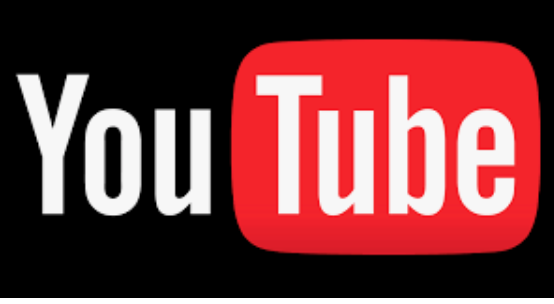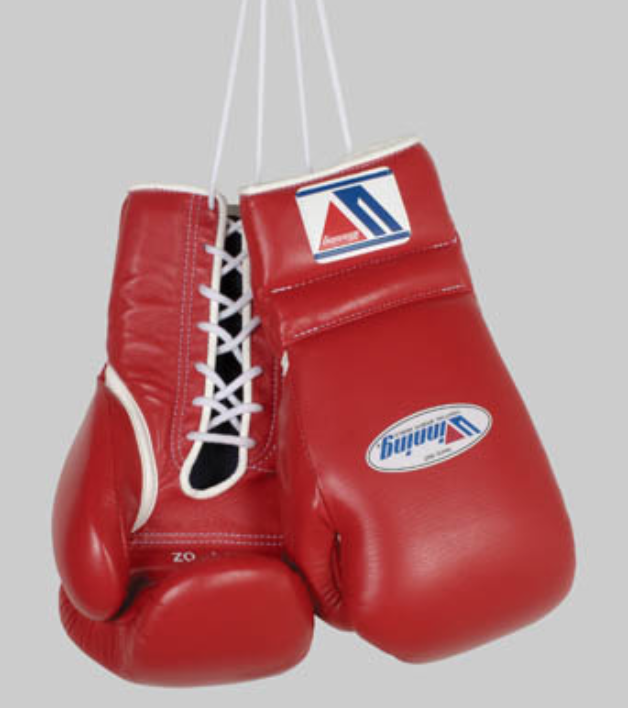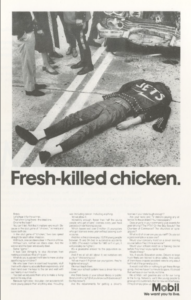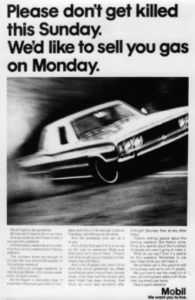There was a time when gold fever struck.
It sent me hunting around abandoned gold mines in places like Mudgee and Gulgong in New South Wales.
Tambaroora was another location … a ghost town.
The area had been prospected heavily in the mid-nineteenth century, but you never know.
‘You never know’ … not my words but those of a guy who sold me a complete gold panning kit — professional model.
Like every good selling proposition his message carried an element of promise.
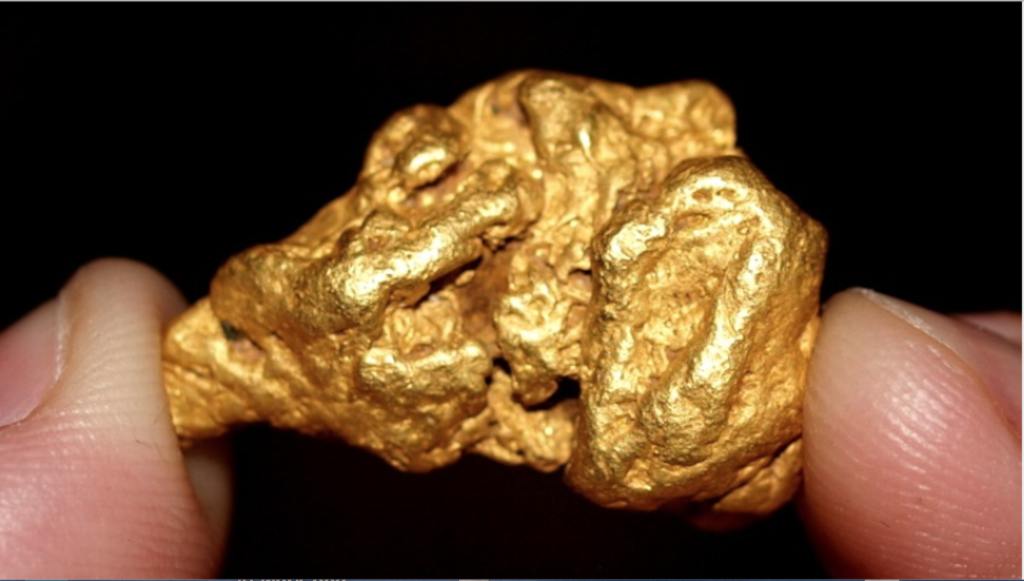
Happily, we weren’t entirely luckless. A few bright yellow flakes turned up in the pan, and gorgeous they were, albeit microscopic.
No cries of Eureka that day.
It wasn’t unlike fishing for Marlin and returning home with an underweight shrimp.
All this makes me think of gold panning from another era … the Depression, when prospecting became a mode of survival for laid-off workers.
Know about that? Few do. But it could make a comeback if jobs continue to go astray with the lockdown.
In the ’30s jobless Americans with imagination and grit headed out to sift through the tailings of 1850s gold sites searching for overlooked wealth.
Utah, California, Nevada and Colorado were rife with men hunting for gold that had gone unnoticed.
Vermont as well.
It’s said there’s plenty of overlooked gold out there left by 19th century mining methods that were less than efficient.
A few gold hunters in the ’30s did find traces of color (that’s gold hunting lingo for you) to see them through.
But when the economy came back fossicking for gold fell to weekenders keen on an adventure.
Of course, all you’ve read so far is amateur stuff, hobbyist at best.
If you were to head out for gold nuggets this week you might want to do some research. Time spent studying a geology book could pay off.
More to that, one path to a gold strike is to find ancient rivers.
Water courses that could be several hundred million years old.
These flows might be found hundreds or even thousands of feet above modern-day rivers.
Massive geologic uplift put them there along the steep reaches of mountainsides.
That’s your sign of a river. One that could have been gold-bearing a million or so years ago.
To find these overlooked areas trek the mountains searching for telltale smooth stones, water-worn rocks.
Who knows what you could find.
But closer to home how about applying a bit of gold hunting resourcefulness to marketing and advertising.
That way you could find one thing that’s been overlooked in favor of technology.
The power of great creative work.
As to that, Bill Bernbach said ‘It may well be that creativity is the last legal unfair advantage we are allowed to take over the competition’.
That may be old school, but canny marketers know it as in-school when it comes to turning up riches.
